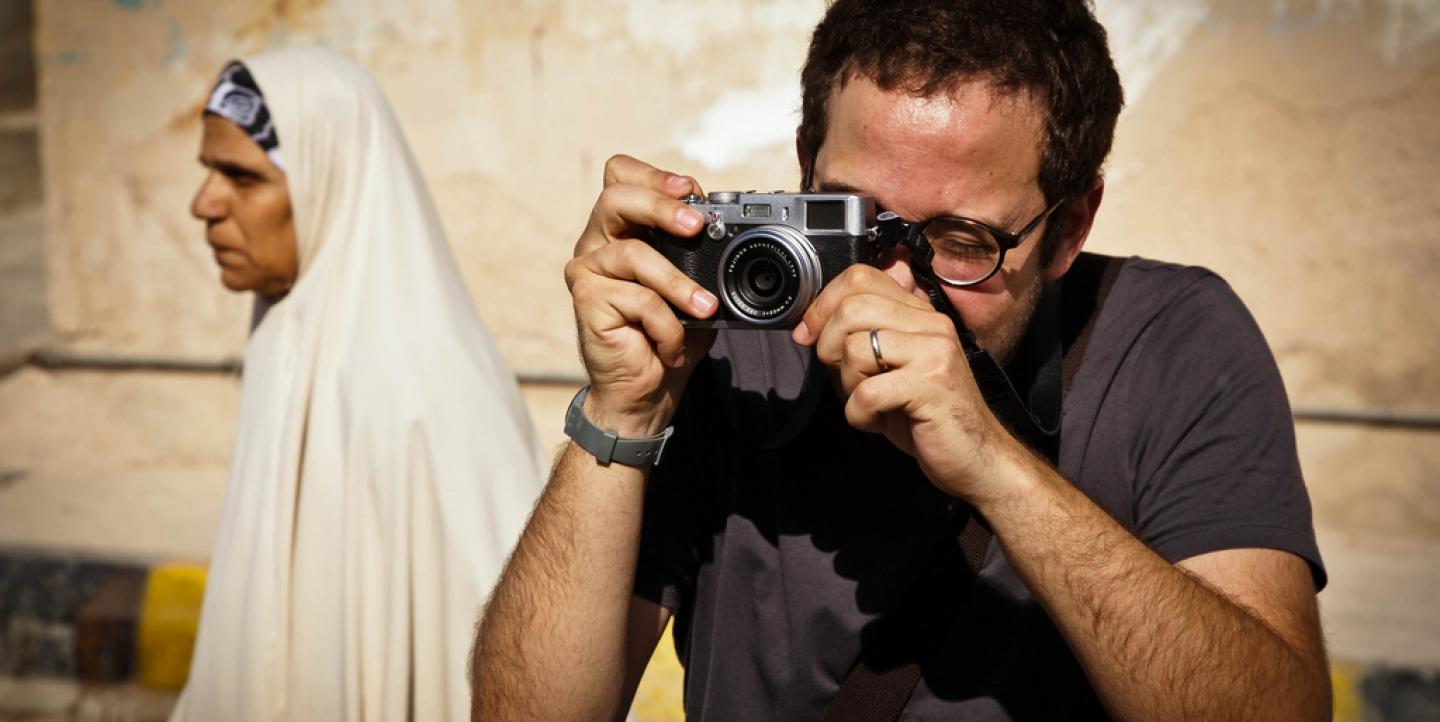Two years ago, riots broke out in Ferguson, Missouri after the fatal shooting of Michael Brown. Soon, major news outlets had booked flights for staff journalists to cover the racial tensions and ensuing protests near St. Louis, ready to call them back whenever the story was over.
This method has long been popular to cover national and international news events and is often called parachute journalism, where journalists take off almost as soon as they land. It’s a controversial type of reporting. On one side, journalists with local knowledge criticize those who drop in because of their inability to capture nuance and tendency to sensationalize. Others argue that outsiders can still produce quality coverage, when given enough time to research.
Either way, journalists agree that local knowledge is key to producing solid reporting. The people with the most knowledge of what’s going on in their community are usually local journalists.
In many cases, national breaking news stories have actually received local media coverage before larger national outlets appeared. Since local journalists have more background knowledge and sources, their reporting is often balanced, factual and nuanced.
“Community journalism is going to remain the strongest part of traditional journalism,” said Al Cross, director of Institute for Rural Journalism and Community Issues. “It’s got a fairly loyal following and it’s got a higher level of trust among its audience than other forms of journalism.”
So when other journalists parachute in, they can do more harm than good, according to Ohio University journalism professor Bill Reader, who studies community journalism. This type of reporting often puts stress on local resources and interrupts the flow of information between officials, local journalists and the community.
But it doesn’t have to always be like this. Through partnerships with local journalists or syndication of community publications, the coverage of big events such as Ferguson or the 2016 Olympics can greatly improve while also cutting costs for media outlets. The key, according to Reader, is to work with local media without exploiting them.
“Instead of doing [parachute journalism], [media outlets] can actually invest in someone who’s on the ground,” Reader said. “Even if they are not originally from there, they spend enough time living there that they are more than just tourists.”
That’s what The Huffington Post did to cover Ferguson. The digital media outlet hired local reporter Mariah Stewart as its “Ferguson Fellow” to cover police brutality and social injustice in the area, which she has covered for the past two years.
Other outlets have chosen to partner with community outlets. For the 2016 Olympics, The Guardian teamed up with reporters from Rio de Janeiro’s favelas to publish first-person dispatches on how the games would effect these communities.
Despite steps forwards with these types of projects, many media outlets have stuck to old ways. A feeling of superiority among larger media outlets means they don’t trust local journalists to do their jobs, according to Reader. When this happens, coverage suffers.
“Worldwide the community press is a great untapped resource for news and information about the world that we live in,” said Reader. “The mainstream media ignores it at their own peril.”
Main image CC-licensed by Flickr via Omar Chatriwala.

